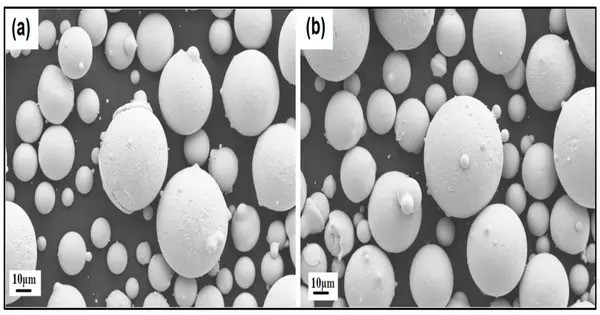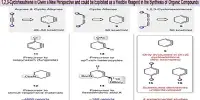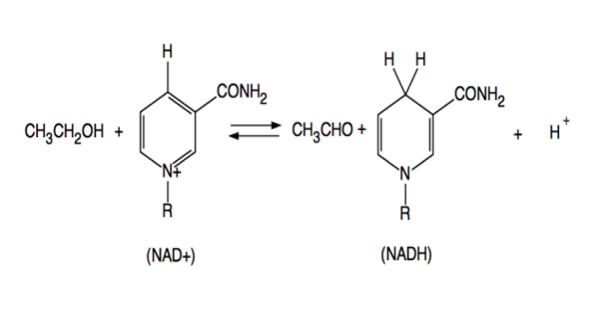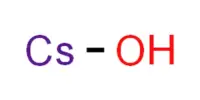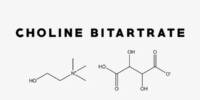Nickel silicides include several intermetallic compounds of nickel and silicon. These are a class of intermetallic compounds that consist of nickel and silicon in varying stoichiometries. These compounds are important in materials science and are used primarily in the semiconductor industry due to their favorable electrical and thermal properties. It is widely used in semiconductor fabrication because of its low resistivity and its ability to form a stable interface with silicon at relatively low temperatures (around 400-500°C).
Nickel silicides are important in microelectronics as they form at junctions of nickel and silicon. Additionally thin layers of nickel silicides may have application in imparting surface resistance to nickel alloys. It’s used for creating contacts to silicon in integrated circuits, particularly in advanced metal-oxide-semiconductor (MOS) devices.
Properties
Nickel silicides are generally chemically and thermally stable.[citation needed] They have low electrical resistivity; with NiSi 10.5–18 μΩ·cm, Ni2Si 24–30 μΩ·cm, NiSi2 34–50 μΩ·cm; nickel-rich silicides have higher resistivity rising to 90–150 μΩ·cm in Ni31Si12.
- Chemical formula: Ni2Si
- Molar mass: 145.473 g/mol
- Density: 7.40 g/cm3
- Melting point: 1,255 °C (2,291 °F; 1,528 K)
Compounds
Nickel silicides include Ni3Si, Ni31Si12, Ni2Si, Ni3Si2, NiSi and NiSi2. Ni31Si12, Ni2Si, and NiSi have congruent melting points; the others form via a peritectic transformation. The silicides can be made via fusion or solid state reaction between the elements, diffusion at a junction of the two elements, and other methods including ion beam mixing.
Synthesis and Formation
Nickel silicides are typically formed by reaction between nickel and silicon at elevated temperatures, such as through chemical vapor deposition (CVD) or solid-state reactions in furnace conditions. The thickness of the silicide layer and the specific type (NiSi, Ni₂Si, etc.) can be controlled by adjusting temperature, time, and other deposition conditions.
Challenges and Considerations
- Formation of Stoichiometries: Achieving the desired silicide phase (NiSi, Ni₂Si, etc.) and thickness is crucial for consistent device performance. Over- or under-oxidation of the silicide can lead to defects and increased resistivity.
- Material Compatibility: The interaction between nickel silicides and other materials (e.g., insulators, metals, and semiconductors) needs to be carefully managed in the fabrication of devices to prevent unwanted reactions.
Applications
- Semiconductor Industry: Used as a material for contacts in advanced semiconductor devices.
- Microelectronics: In the form of thin films for transistors and other microelectronic components.
- Solar Cells: Nickel silicides are used in the fabrication of solar cells to increase electrical efficiency.
